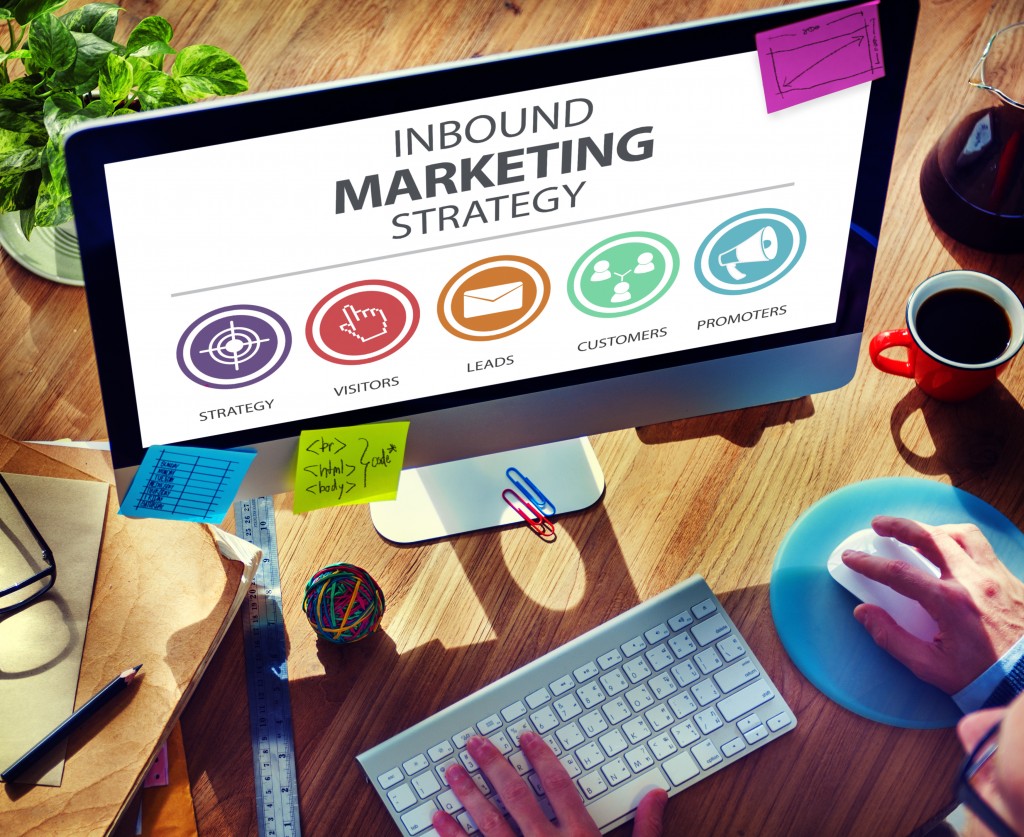The customers of today — their personalities, spending habits, and preferences — are not the same as they were years ago. Sales strategies of old are not sufficient and sometimes would even turn off potential interest. One outdated tactic is purely relying on the direct advertisement, where businesses try to bombard consumers with what they’re selling. It’s all about having the loudest and flashiest announcement so that they can drown out their competitors.
Eddie Yoon, the author of the best-selling book Superconsumers, argues that power in the marketplace has shifted to the consumer. That is because they have more choices on what brands, services, and products to patronize. Businesses wouldn’t be able to get their attention if they stick to monologuing about what they’re offering. What works in the modern world, Yoon says, is creating a positive and meaningful relationship with customers so that they choose your business — a brand they align with — rather than an unknown entity.
What is inbound marketing?
The emphasis on community building led to the popularity of inbound marketing, which was a practice pioneered by Brian Halligan, co-founder of Hubspot. Businesses, whether they deal with mortgage refinancing or online collaboration tools, need to create and share valuable content on their websites and social media accounts. Through this process, customers looking to solve their problems organically visit and check out what the business is offering. Inbound marketing builds brand awareness and trust, which are two significant drivers of long-term sales.
Hubspot illustrates the inbound marketing method as a circle, specifically named a flywheel. The flywheel model explains the momentum that is generated when the business is aligned with crafting an exceptional consumer experience. Getting customers isn’t merely the end goal anymore, like in the traditional sales funnel, but they can also push referrals and loyalty. In essence, businesses are creating fans who will support the brand because they believe in its values and mission.
 How can businesses start?
How can businesses start?
The easiest way for businesses to start an inbound marketing strategy is by publishing content that answers their target market’s problems and issues. It can be in the form of blog articles, infographics, or webinars. They attract potential customers because the brand offers a solution that will address the customer’s pain points. It will also delight the customer because free content is being provided even before they invest their hard-earned money. That is why guides and tips are popular content for inbound marketing.
Another strategy, especially in continuing and deepening engagement, is to make use of email marketing and chatbots. These two tools make sure that the brand stays top of mind, even if the customer has already bought the product or still weighing the pros and cons. They show that the business prioritizes building long-lasting relationships rather than being cold and transaction. When employing this strategy, it should always be remembered that companies are selling solutions and not just products or services. It’s a win-win scenario for both parties.
Marketing has evolved throughout the years — from the salesman tactic of going door to door to prioritizing dialogues and value-adding content for the customer. Businesses will have more luck in cultivating loyal fans and repeat customers if they utilize inbound marketing.




